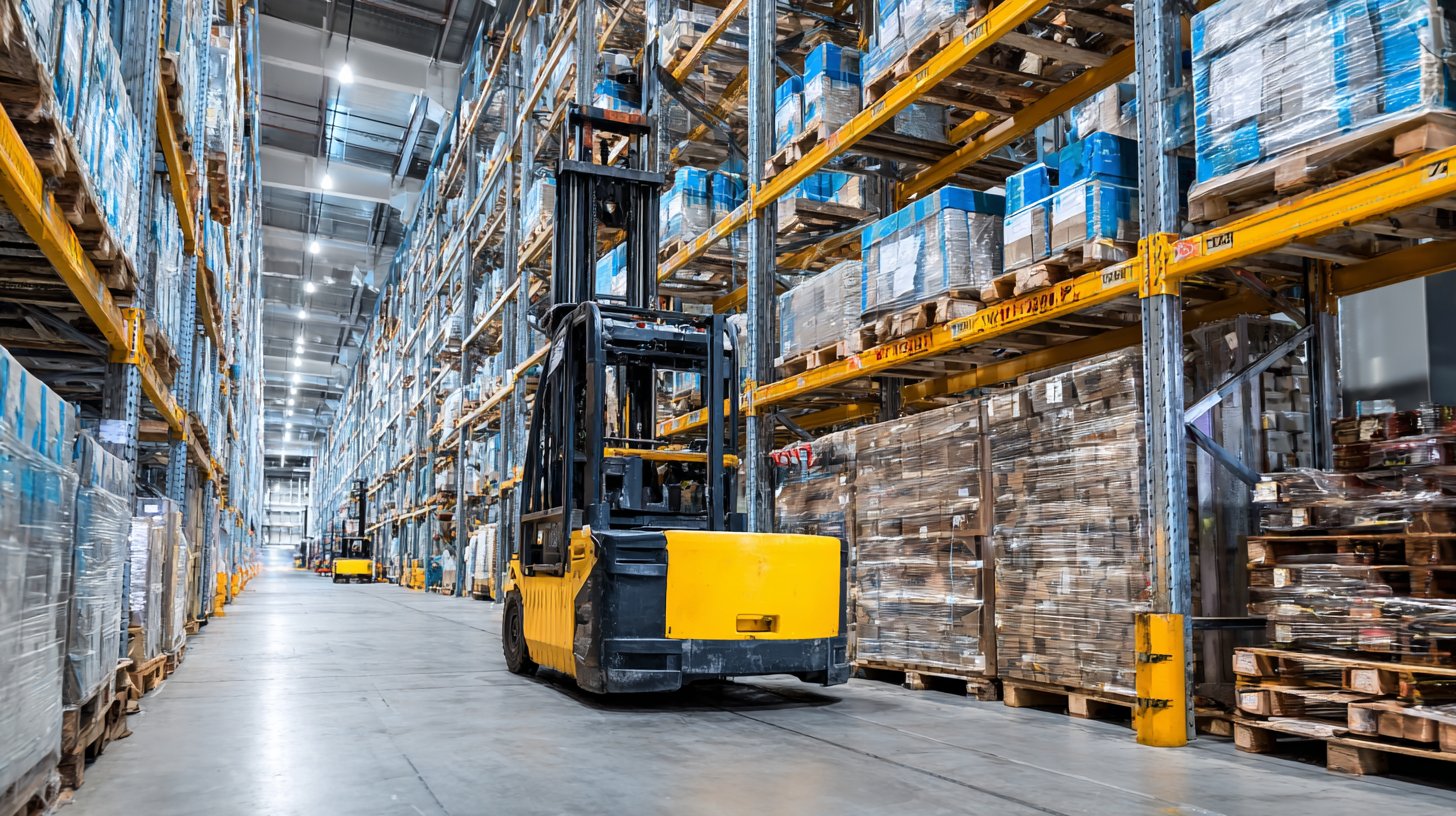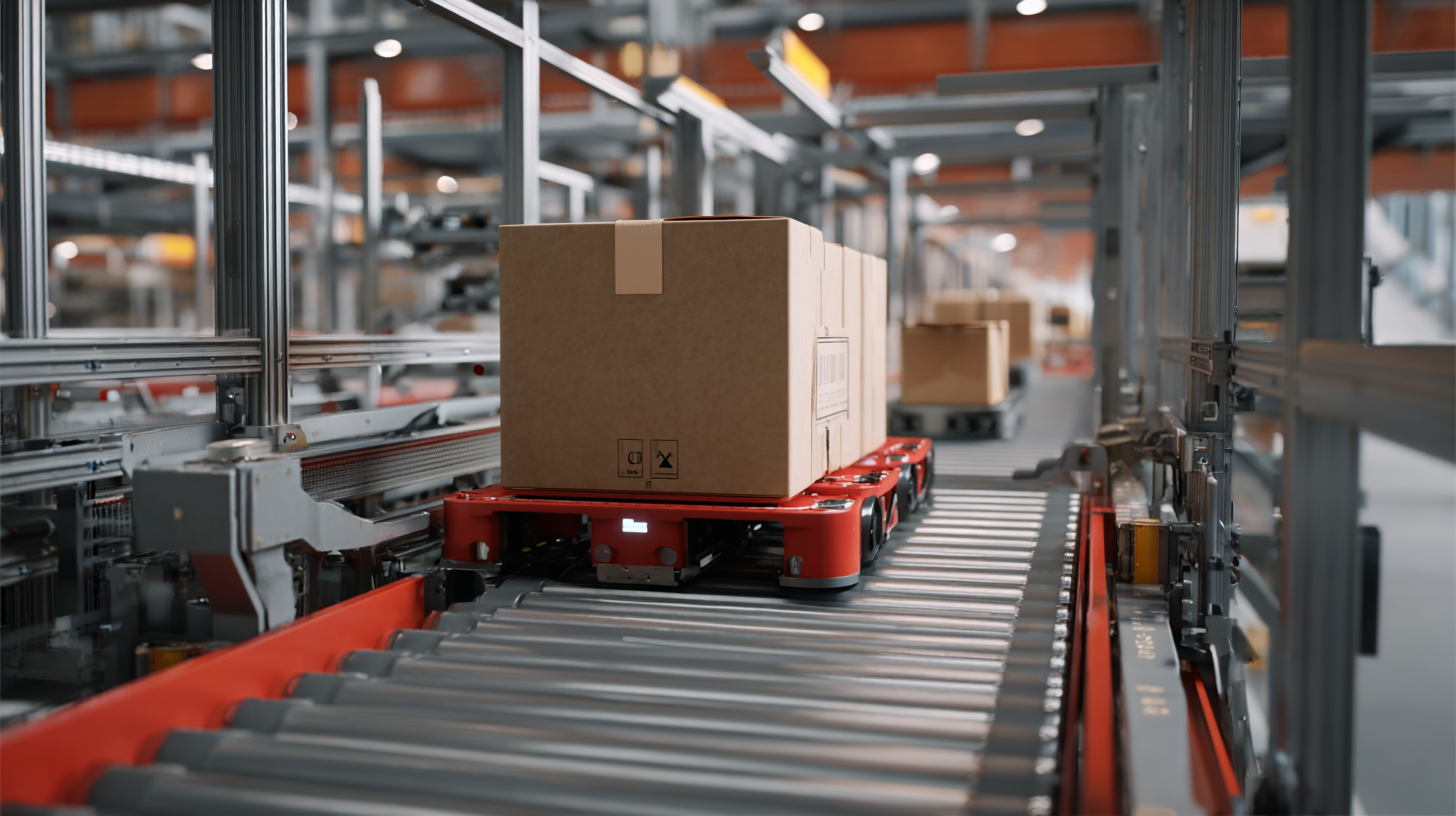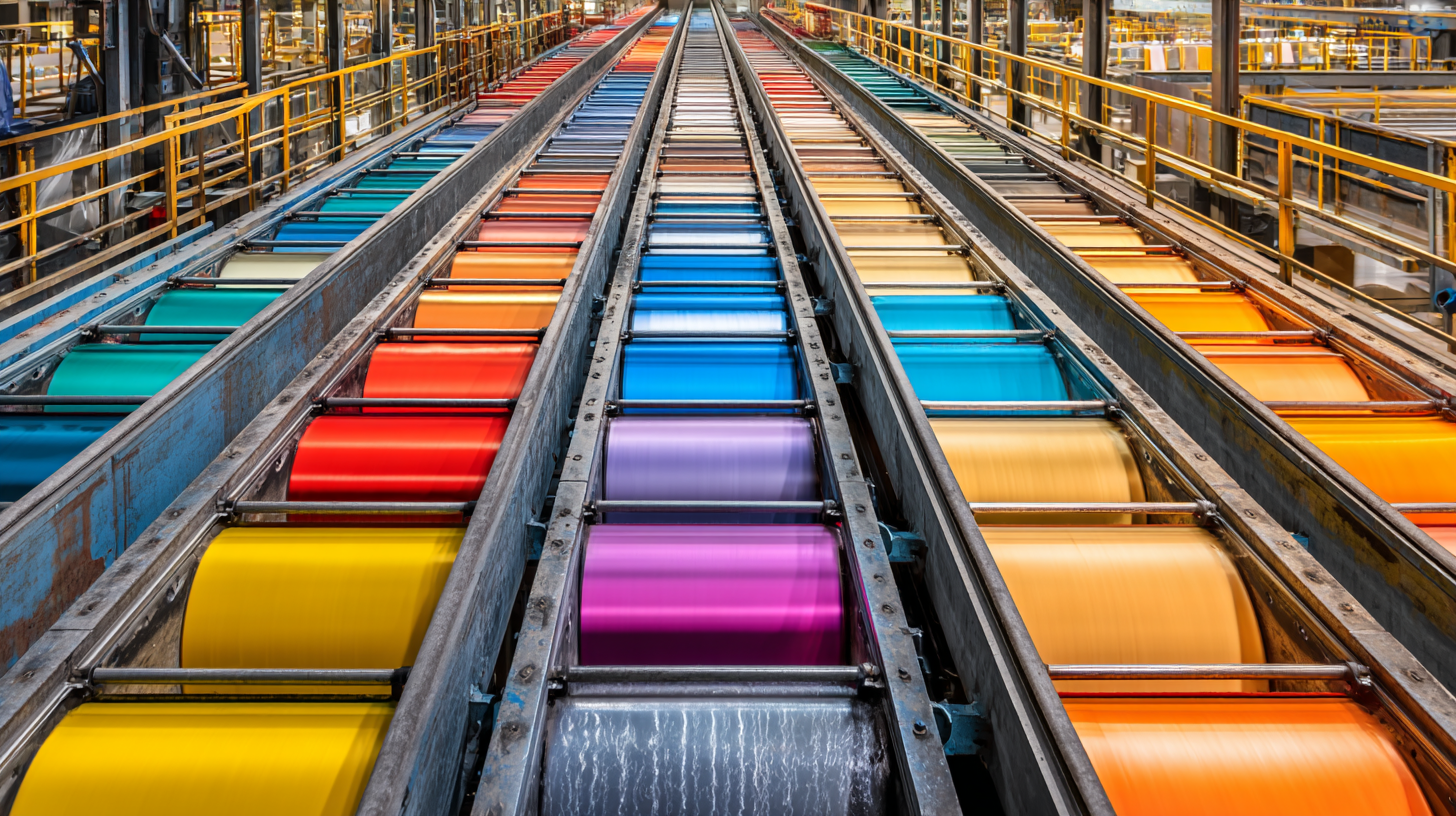Exploring Diverse Alternatives in Best Material Handling: Unique Features and Applications for Every Product Type
In the realm of logistics and supply chain management, effective material handling plays a crucial role in ensuring the smooth flow of goods and products. As industries evolve and diversify, so too do the materials and products that require unique handling techniques tailored to their specific characteristics. This blog aims to explore the various alternatives available in best material handling practices, highlighting the unique features and applications associated with different product types. From fragile items to bulk materials, understanding the distinct requirements of each category not only enhances operational efficiency but also minimizes risk and maximizes safety. Join us as we delve into the multifaceted world of material handling, offering insights that cater to a wide range of industries and product specifications.

Innovative Material Handling Solutions for Fragile Products
The landscape of protective packaging is undergoing a transformative shift, especially for fragile products. As industries embrace innovation, materials like polyurethane foam and polyethylene are becoming increasingly popular for their cushioning properties. These materials not only provide robust protection but also contribute to sustainability efforts with recyclable options. This reflects a larger trend in packaging where companies prioritize the safety of delicate items while promoting environmental responsibility.
Moreover, specialized packaging solutions are now being developed to ensure high-value products can withstand the rigors of transport and handling. Innovations such as automated packaging systems and advanced testing facilities empower manufacturers to simulate real-world conditions, ensuring that products remain intact during their journey. As these advancements continue to surface, it becomes clear that the future of material handling—particularly for sensitive items—demands a balance of protection, efficiency, and sustainability.
Exploring Diverse Alternatives in Best Material Handling: Unique Features and Applications for Every Product Type - Innovative Material Handling Solutions for Fragile Products
| Product Type | Material Handling Solution | Unique Features | Applications |
|---|---|---|---|
| Glassware | Cushioned Packaging | Shock absorption, lightweight | E-commerce, retail |
| Electronics | Anti-Static Packaging | Prevents electrostatic discharge | Manufacturing, shipping |
| Agricultural Products | Breathable Bags | Moisture management, high ventilation | Farming, transportation |
| Pharmaceuticals | Temperature-Controlled Packaging | Maintains specific temperature range | Distribution, storage |
| Food Products | Vacuum Sealed Packaging | Extends shelf life, prevents spoilage | Grocery stores, restaurants |
Tailored Equipment for Heavy Machinery: Ensuring Safety and Efficiency
In the fast-evolving landscape of heavy machinery, tailored equipment plays a critical role in enhancing safety and efficiency on job sites. The diverse applications of advanced material handling solutions cater specifically to the unique requirements of different product types. From construction to mining, investing in equipment designed for specific tasks not only optimizes workflow but also mitigates potential hazards commonly associated with heavy machinery operations.

When selecting the right equipment, it’s essential to focus on the unique features that ensure both safety and productivity. For instance, consider integrating advanced teleoperation technologies that allow operators to manage machinery remotely. This capability not only enhances control but also reduces the risk associated with hazardous environments. Additionally, implementing ergonomic designs can significantly impact operator comfort and performance, contributing to overall operational success.
Tips for Better Machinery Selection:
- Assess the specific needs of your operation carefully before choosing equipment.
- Stay updated with the latest technologies, such as teleoperation for enhanced safety.
- Prioritize ergonomic features to improve worker comfort and reduce fatigue on the job.
Sustainable Material Handling: Eco-Friendly Options for Modern Warehousing
As modern warehousing evolves, the importance of
sustainability in material handling has never been more critical.
With increasing awareness of environmental issues, businesses are actively seeking eco-friendly options that not only minimize their carbon footprint
but also enhance operational efficiency.
Innovative materials like biodegradable pallets, recycled bins, and electric forklifts
are paving the way for greener practices in warehouses. These alternatives not only reduce waste but also lower energy consumption,
proving that sustainable choices can be both practical and beneficial for business operations.
Moreover, sustainable material handling systems significantly contribute to a company's brand reputation.
Consumers increasingly favor businesses that prioritize environmental responsibility,
often influencing purchasing decisions. By adopting green practices, such as using materials sourced from renewable resources
and implementing energy-efficient equipment, companies can create a positive image while cultivating customer loyalty.
Investing in sustainable material handling solutions not only addresses immediate operational needs
but also aligns with long-term environmental goals, ultimately transforming
warehouses into eco-conscious spaces that lead the way in modern logistics.
Optimizing Cold Chain Logistics: Specialized Solutions for Perishable Goods
In 2023, the market for liquid nitrogen freezer systems targeting fruits and vegetables is valued at approximately $16.73 billion and is projected to reach around $17.63 billion by 2024. The significant growth trajectory is underscored by forecasts predicting an astonishing increase to $26.40 billion by 2032. This surge reflects an evolving demand for effective cold chain logistics, where perishable goods are consistently maintained in controlled temperature environments across all stages of production, storage, and distribution.

Moreover, the cold chain logistics blockchain market is estimated to exceed $41.74 billion in 2023, with a compound annual growth rate (CAGR) of around 14.1% expected from 2024 to 2032. This growth is primarily driven by the increasing need for real-time data analytics, which enhances transparency and efficiency in the shipping of temperature-sensitive products. As businesses seek specialized solutions for perishable goods, innovative technologies and practices in cold chain logistics gain importance, providing tailored answers for various product types and ensuring optimal conditions throughout their journey.
Versatile Material Handling Techniques for Diverse Product Sizes and Shapes
In the evolving landscape of material handling, versatile techniques are essential to accommodate the diverse sizes and shapes of products across various industries. According to a report by the Material Handling Industry of America (MHIA), the demand for tailored material handling solutions is projected to grow significantly, driven by the rise of e-commerce and the need for efficient inventory management. Companies are increasingly investing in customized systems that can adapt to unique product dimensions, which not only enhances operational efficiency but also reduces the risk of damage during transit.
One notable example is the use of automated guided vehicles (AGVs) and robotic arms, which can handle products ranging from small electronic parts to large industrial machinery. A study by the MHI reveals that automation in material handling can improve productivity by up to 25%. Moreover, the integration of adaptive conveyors and modular racking systems allows businesses to optimize space utilization while ensuring safe and effective handling of various product types. By utilizing these versatile techniques, organizations can better meet the specific needs of their operations and respond swiftly to market demands.

